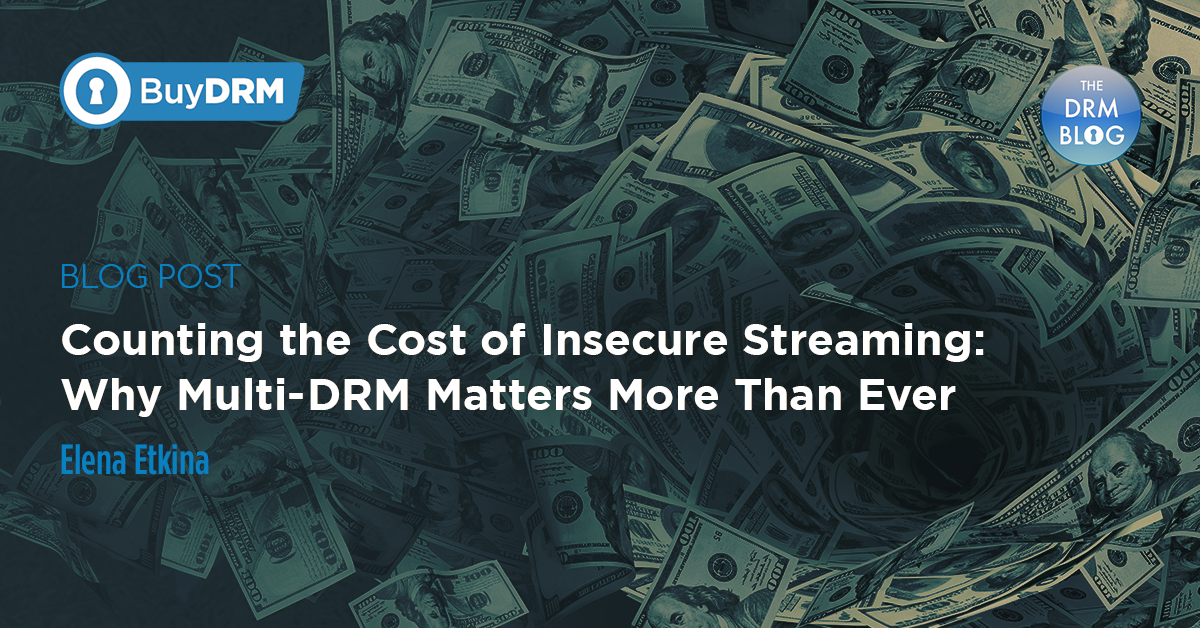Introduction to AV1
In the fast-paced world of digital content, the Alliance for Open Media's AOMedia Video 1 (AV1) codec represents a significant milestone in video encoding and streaming technology. Born out of the need for a high-efficiency video codec that is both royalty-free and open-source, AV1 promises to revolutionize the way we consume digital media. Designed to replace legacy codecs like H.264/AVC and compete with newer ones like H.265/HEVC and VP9, AV1 aims to deliver superior video quality at lower bitrates, making it an attractive option for content creators and distributors alike.
Comparison of AV1 Against Other Modern Codecs
AV1 stands out in the crowded field of video codecs for several reasons. Unlike H.264/AVC, which has been the standard for over a decade, AV1 offers significant improvements in compression efficiency, potentially reducing bandwidth usage by up to 30% compared to its predecessors. When compared to H.265/HEVC, AV1 is not encumbered by the complex patent landscape and royalty fees that have limited HEVC's adoption. Against VP9, Google's preceding royalty-free codec, AV1 not only improves compression efficiency but also enhances playback performance on devices with hardware support.
What about DRM you may ask? The AV1 was successfully tested with Fairplay and you will find a link to the demo page at the end of this blog. Since the AV1 is also supported with DASH, the Widevine and PlayReady DRMs are also supported.
Pros and Cons of Using AV1 Instead of Other Modern Codecs
Pros:
- Improved Compression Efficiency: AV1's ability to deliver higher quality video at reduced file sizes directly translates to cost savings in storage and bandwidth, a critical factor for streaming services and content distributors.
- Royalty-Free Licensing: AV1's open-source nature and lack of royalty fees make it an economically attractive option for companies looking to avoid the licensing complexities associated with other codecs.
- Broad Industry Support: Spearheaded by leading tech companies, AV1 is poised for widespread adoption, ensuring a robust ecosystem of tools, hardware, and software support.
Cons:
- Encoding Resource Requirements: Initially, AV1 encoding demands significantly more computational resources than its predecessors, which can increase content preparation costs.
- Compatibility and Support: While rapidly improving, AV1's playback support across all devices and browsers is not yet as ubiquitous as older codecs, potentially limiting reach in the short term.
Current Support of AV1
AV1's journey from a promising new codec to widespread adoption is well underway. On the software side, major web browsers like Google Chrome, Mozilla Firefox, and Microsoft Edge already support AV1, facilitating its adoption for web-based video streaming. Video platforms like YouTube have started offering AV1 content, benefiting from its bandwidth efficiency to deliver higher-quality streams.
In the realm of hardware, support for AV1 is growing. New generations of smartphones, smart TVs, and dedicated streaming devices are increasingly incorporating AV1 decoding capabilities. This hardware support is crucial for reducing the computational load of decoding AV1 content, enabling smoother playback on consumer devices and hastening its adoption.
Chipset manufacturers are also on board, with companies like Qualcomm, Intel, and AMD announcing or releasing products with AV1 support. This hardware acceleration is key to overcoming one of AV1's primary drawbacks: the intensive computational resources required for encoding and decoding.
AV1 with HLS and FairPlay
The landscape of AV1 support has significantly expanded, with Apple joining the forefront of adopting this advanced video codec across its device ecosystem. The announcement that the iPhone 15 Pro and iPhone 15 Pro Max are equipped with the A17 Pro chip, which notably includes hardware decoding for AV1, marks a pivotal moment. This integration signifies Apple's commitment to enhancing video streaming quality, offering users an efficient, high-quality viewing experience. The new A17 Pro processor is a testament to technological advancement, featuring capabilities that cater to both Standard Dynamic Range (SDR) and High Dynamic Range (HDR) content, all the while ensuring compatibility with FairPlay Streaming DRM-protected content.
Furthering this momentum, Apple has introduced its latest generation of desktop processors: the M3, M3 Pro, and M3 Max. These chips, heralded for their innovative design and performance capabilities, include dedicated AV1 hardware decoders. This development ensures that the newest iterations of MacBooks, iMacs, and Apple's desktop computers will support AV1 video playback, thereby solidifying AV1's role in streaming and content distribution across Apple devices. The M3 series processors represent a leap in Apple's hardware capabilities, aligning with the industry's shift towards more efficient, high-quality video codecs for both professional and consumer applications.
Applying FairPlay DRM to AV1 Encoded HLS through the KeyOS Content Encryption Key API
We have tested the support for DRM-protected HLS encoded with AV1 in our lab and had no issues playing it back on Apple products.
You can do so as well by using your favorite packager and using the KeyOS Content Encryption Key API’s CPIX endpoint. After getting the DRM-signaling and the key, you should have no issues packaging the content and later playing it back on supported devices like the iPhone 15, for example.
We have prepared a test player for you to play with below. It has a FairPlay-protected HLS encoded with AV1 as a source and you can use it to test your devices for AV1 support.
NOTE: Considering it is a demo of AV1 in HLS with FairPlay, you will require the Safari browser on either an iPhone 15 that is equipped with the A17 Pro chip or a Macbook with an M3 CPUs to play the content back:
https://cdn.keyos.com/thedrmblog/av1-hls-fairplay-2023/index.html
Conclusion
The advent of AV1 inside HLS with FairPlay DRM marks a pivotal moment in the evolution of digital video, offering an unprecedented blend of efficiency, quality, and cost-effectiveness. Its promise of superior performance without the burden of royalty fees positions AV1 as a game-changer in the digital rights management landscape. As support for AV1 continues to expand across devices and platforms, its adoption will likely accelerate, heralding a new era of video streaming experiences. For content creators, distributors, and consumers alike, AV1 represents not just the future of video codecs but a significant leap toward more accessible, higher-quality digital media for all.











